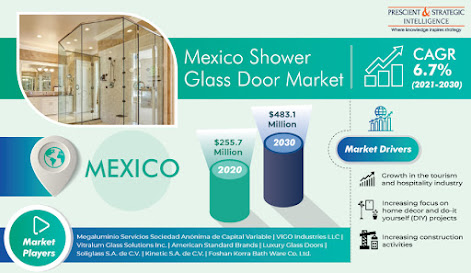Membrane Separation Market Booming Worldwide and Advancement Outlook
Membrane separation is one of the most popular technologies used for separating materials through pores or minute gaps. It is a thin layer material with selective penetration functions used for concentration, purification and separation. Membrane separation technique facilitates several industries to reuse wastewater and reduce sewage footprint from the fresh water resources. Separating membrane is made up of organic or inorganic raw materials. Inorganic materials are usually metal and ceramic; whereas, organic materials mainly refer to all types of chemical substances. Ultrafiltration and microfiltration membranes are usually made from polysulfone, polyvinyl chloride (PVC), polyvinylidene fluoride (PVDF) and others.
The demand for clean processed drinking water is propelling, attributed to mandatory government regulations for providing clean processed drinking water to consumers. Adherence of environmental standards required by governments in the area of water scarcity, has led to the demand for better water treatment techniques, including membrane separation method. Expanding usage of ultrafiltration processes and microfiltration membranes as pre-filters for reverse osmosis are expected to drive membrane separation market growth. Various advantages of membrane separation technologies over conventional separation technologies include low energy consumption, easy installation, gentle product treatment, and high selectivity.
Based on products, global membrane separation market can be segmented as nanofiltration, ultrafiltration, reverse osmosis, microfiltration, direct osmosis, dialysis and electrodialysis and others. Various other emerging membrane technologies include membrane modules and membrane bio-detectors.
Some of the major competitors in membrane separation market include Polypore International, Inc., Evoqua Water Technologies LLC, Applied Membranes, Inc., Koch Membrane, Parker-Hannifin Corporation, Gore (WL) & Associates Incorporated, Donaldson Company Inc., Permionics Membranes Private Ltd., Tianjin Motimo Membrane Technology Ltd., Nitto Denko Corporation.
The demand for clean processed drinking water is propelling, attributed to mandatory government regulations for providing clean processed drinking water to consumers. Adherence of environmental standards required by governments in the area of water scarcity, has led to the demand for better water treatment techniques, including membrane separation method. Expanding usage of ultrafiltration processes and microfiltration membranes as pre-filters for reverse osmosis are expected to drive membrane separation market growth. Various advantages of membrane separation technologies over conventional separation technologies include low energy consumption, easy installation, gentle product treatment, and high selectivity.
Based on type of material used, global membrane separation market can be divided as polymeric membranes and non-polymeric membranes. Polymeric membranes include fluoropolymer, cellulosic, polyamide, polysulfone and polyethersulfone and other polymeric membranes. Non-polymeric membranes include titania, alumina, zirconia and other polymeric membranes.On the basis of end user application, membrane separation market can be categorized as chemicals, industrial, healthcare, water, and, food and beverage processing, pharmaceutical and medical, desalination and waste water treatment.
Based on products, global membrane separation market can be segmented as nanofiltration, ultrafiltration, reverse osmosis, microfiltration, direct osmosis, dialysis and electrodialysis and others. Various other emerging membrane technologies include membrane modules and membrane bio-detectors.
Geographically, Europe dominated the global membrane separation market. Asia-Pacific region is expected to witness high growth during the coming years, owing to rapidly developing industrial sectors, strict regulations on waste water treatment and others. The North America membrane separation market is expected to be driven by advancements and development initiatives for boosting and improving the existing membrane separation techniques.Some of the factors escalating the growth of global membrane separation market are increasing industrialization, increasing demand from municipal sector, stringent environmental norms and regulations, growing needs and interest in water reuse, recycling, treatment of wastewater sources, and growth of population in water stressed areas.
Some of the major competitors in membrane separation market include Polypore International, Inc., Evoqua Water Technologies LLC, Applied Membranes, Inc., Koch Membrane, Parker-Hannifin Corporation, Gore (WL) & Associates Incorporated, Donaldson Company Inc., Permionics Membranes Private Ltd., Tianjin Motimo Membrane Technology Ltd., Nitto Denko Corporation.




Comments
Post a Comment